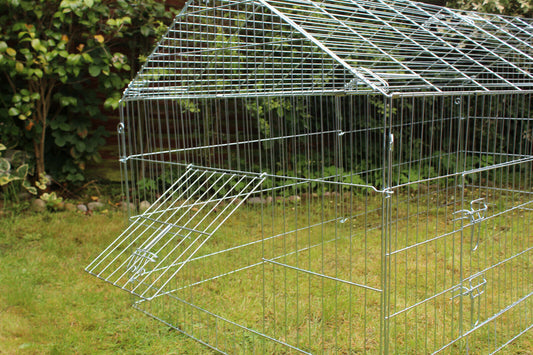As lockdown lifts and summer begins, our thoughts turn to holidays and days on the beach. Guess what you are not the only ones craving a bit of sunshine. Read what our own Jason Phillips has to say on why cats are sun seekers too!
It is a truth universally acknowledged, that a contented cat in possession of a full stomach, must be in want of a shaft of sunlight to sleep it off. At least I think that’s how the quotation goes. You don’t need Jane Austen’s observational skills, however, to recognise this very common feline trait. So why do cats do it? Well, as Liam Gallagher might say, they need some time in the sunshine!
It’s all in the genes
Cats need to sleep for approximately 12 to 16 hours each day, so it makes sense for them to be comfortable. However, not all cats enjoy sunbathing to the same degree. Whilst the domestic cat can trace its lineage back to the sunny climes of the Middle East, some long-haired breeds, like the Siberian and Norwegian Forest Cat, evolved from the colder climates of Northern Europe and Russia respectively. Differences in habitat have caused certain adaptations, most notably fur length and thickness, which can influence the degree to which a cat sunbathes.
Preparing to sleep
When a cat sleeps its basal metabolic rate drops. One theory is cats counter this by warming themselves as much as possible to make up for this. So, whether it’s lying on a window ledge or on top of a radiator, your cat is topping up its internal temperature in preparation for the inevitable drop when it starts to snooze. By doing this a cat can conserve energy rather than sacrifice additional calories maintaining its core temperature.
The importance of body temperature
If you’ve ever stroked a sunbathing cat, you may have wondered how it can withstand the heat. Well, it might have something to do with the fact that a cat’s internal body temperature is typically between 99 and 102.5 degrees Fahrenheit. Compared with a human body temperature of 97.7 and 98.6 degrees Fahrenheit it’s perhaps not surprising that our cats seem more comfortable in the sun. There are some warning signs to be aware of though. More of that later.
The downside of the high protein diet
Being the obligate carnivores they are, cats need a much higher percentage of protein in their diet compared to other species like humans or dogs. Whilst high levels of protein of typically 30 to 40 per cent are essential in cats, to fuel their immune and nervous systems and ensure healthy fur growth, a high protein diet does not preserve body heat in the same way carbohydrates do. This is another reason why cats seek out opportunities to warm themselves naturally.
Vitamin D – the sunshine vitamin
Most of us are aware of the benefits of vitamin D to our health and the importance of natural sunlight to our wellbeing. The increase in the use of vitamin D supplements in the winter months is testament to the growing awareness of this important key to good health. In cats, vitamin D cannot be produced by exposure of the skin to direct sunlight. Cats derive their vitamin D intake primarily from food. However, vitamin D can also be absorbed through oily secretions which are converted through the sun’s rays, trapped in a cat’s fur and then ingested via grooming.
A few precautions
In the main, cats love to spend time in the sun. Senior cats, for example, will often seek out sunshine to ease the pain of arthritic limbs. But like anything else, too much sun can be dangerous. Kittens and older cats, which tend to sleep more deeply, should be carefully monitored. Always ensure outdoor cats have access to shade and water and be on the lookout for listlessness, unusual breathing patterns and physical signs of burning on the nose and ears.
Don't forget to check out our Cat range.









